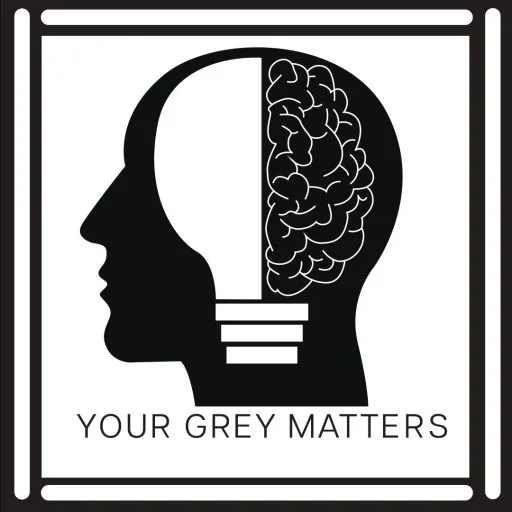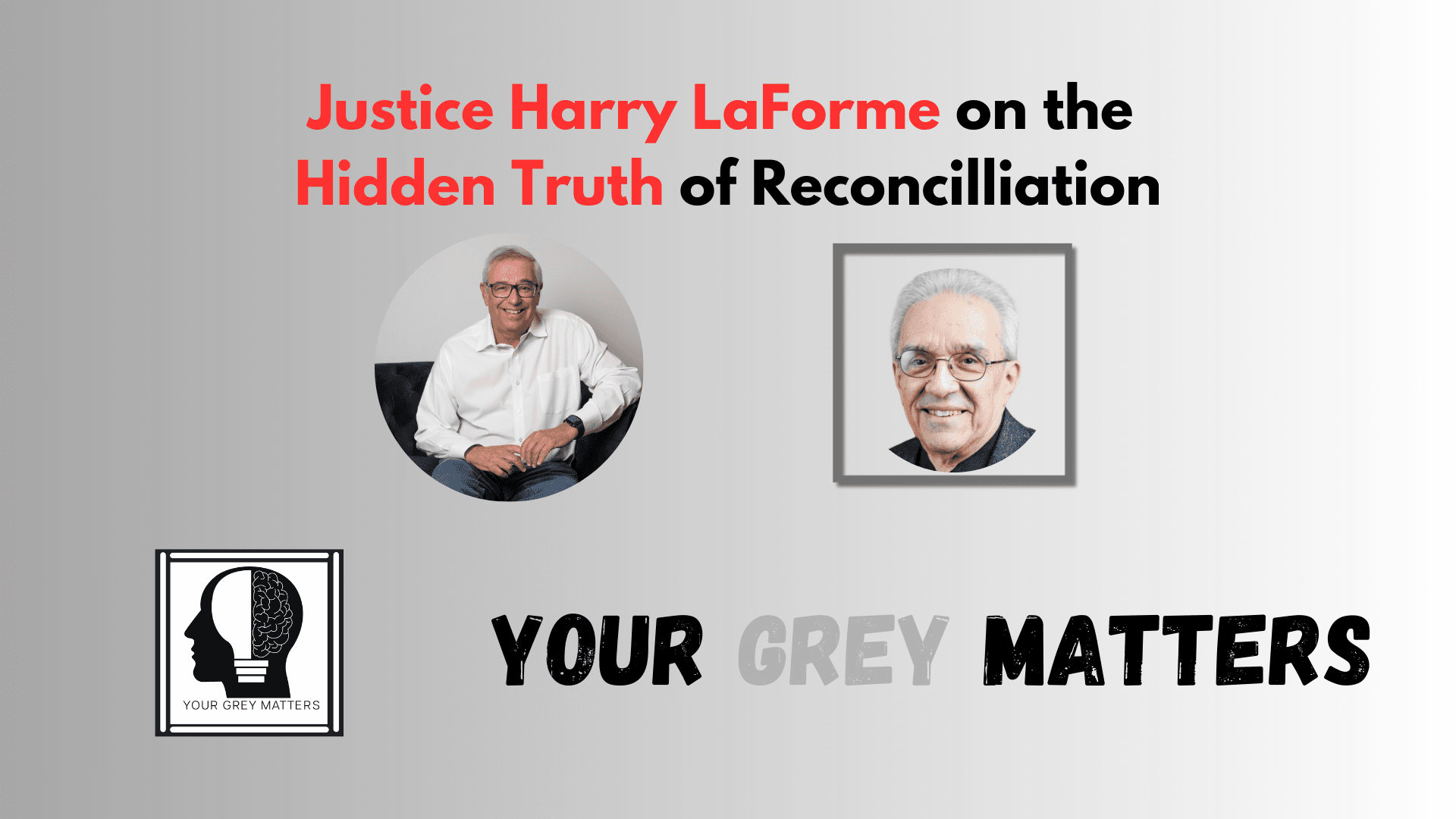About the Episode
In this powerful conversation, we sit down with Justice Harry LaForme, the first Indigenous person ever appointed to an appellate court in Canadian history. Justice LaForme doesn’t hold back as he shares his personal journey from growing up on a reserve under the Indian Act to becoming one of Canada’s most influential legal minds. The discussion goes far beyond surface-level reconciliation talk, diving deep into what true nation-to-nation relationships could look like. Justice LaForme challenges conventional thinking about Indigenous Self-Governance in Canada, shares why he resigned from the Truth and Reconciliation Commission, and explains why the ongoing clean water crisis on reserves perfectly illustrates the broken system of governance.
Whether you’re new to these issues or have followed them closely, Justice LaForme’s straightforward explanations and powerful insights will transform how you understand Indigenous self-governance in Canada. This isn’t just a history lesson—it’s an urgent conversation about how to create a more just future for all Canadians.
Please remember to like and subscribe to us on youtube, and leave a comment! It really helps.
No time to watch? Check us out on the go:
What Does Indigenous Self-Governance in Canada Mean for First Nations?
For hundreds of years, First Nations people lived as nations. They made their own rules. They took care of their own land. They lived side by side with settlers as equals.
Justice Harry LaForme knows this story well. He is the first Indigenous person to serve as a judge on any appeals court in Canada. He grew up on his reserve when “Indian Agents” still controlled First Nations communities.
“We were nations of people,” Justice LaForme explains in our latest podcast. “King George III called us ‘nations of Indians’ in 1763. We lived that way for hundreds of years.”
But something changed. The relationship shifted.
How Canada Took Control of Indigenous Lands
The government of Canada took control of First Nations lands and people. They made a law called the Indian Act. This law still exists today.
“The Indian Act basically says who an Indian is, where an Indian lives, who can be an Indian, who isn’t an Indian,” says Justice LaForme. “It literally governed our lives from cradle to grave.”
Even today, this law gives the government control over First Nations people. Justice LaForme explains that even as a respected judge, the government can take over his will after he dies if they don’t like how it’s being handled.
“I’m a judge, ex-judge of the Ontario Court of Appeal where I sat for 14, 15 years. And they can still, because I’m Indian, they can still administer my will if they don’t like the way it’s being done.”
The Clean Water Crisis Shows the Problem
One of the biggest problems with this system is the clean water crisis on many reserves. Some communities have gone 40 years without clean tap water.
Why can’t they fix it themselves?
“If we wanted to put a pumping station or a clean water apparatus to clean our water on our reserve, we can’t just do that,” Justice LaForme explains. “We have to go to Canada and ask them if we can do that.”
This is what happens when one group doesn’t have self-governance. They must ask permission to meet basic needs.
What Real Reconciliation Means
Many people talk about reconciliation in Canada. There are land acknowledgments at events. There’s the Truth and Reconciliation Commission with its 94 Calls to Action.
But Justice LaForme, who was once the Chair of the Truth and Reconciliation Commission, has a different view.
“I think of reconciliation as a return of the land to us,” he says. “Not all of Canada. I know that we have citizens of Canada, people of Canada that we want to live with.”
He wants First Nations to be able to govern their own lands. “That’s what self-determination is all about,” he explains.
Treaties Are a Two-Way Street
Justice LaForme reminds us that treaties were made between two equal nations. Both sides have responsibilities.
“That’s just not an Indigenous treaty. That’s an Indigenous and Canadian treaty,” he says. “That means Canada has responsibilities under that treaty as well as we do.”
A recent court case in Quebec recognized one of these old treaties as still legally binding. This gives hope that the original nation-to-nation relationship might someday be restored.
Moving Forward Together
Justice LaForme doesn’t ask for all of Canada to be returned. He wants First Nations to have their rightful place as self-governing nations within Canada.
“We’re proud to live here with Canadians and whatnot, but we think we have a place in Canada where our nationhood could be recognized and honored and land that includes it and the ability to administer that land.”
This is what Indigenous self-governance in Canada could look like. It’s about respect, equality, and keeping promises made long ago.
Watch the Full Interview
To hear Justice Harry LaForme’s full story, including his time on the Truth and Reconciliation Commission and his thoughts on the “Doctrine of Discovery,” listen to our latest episode of Your Grey Matters.
Click here to listen to the full interview with Justice Harry LaForme
💬 Join the Conversation 💬
Tells us below what you think about Justice LaForme’s comments and positions!



Leave a Reply
You must be logged in to post a comment.